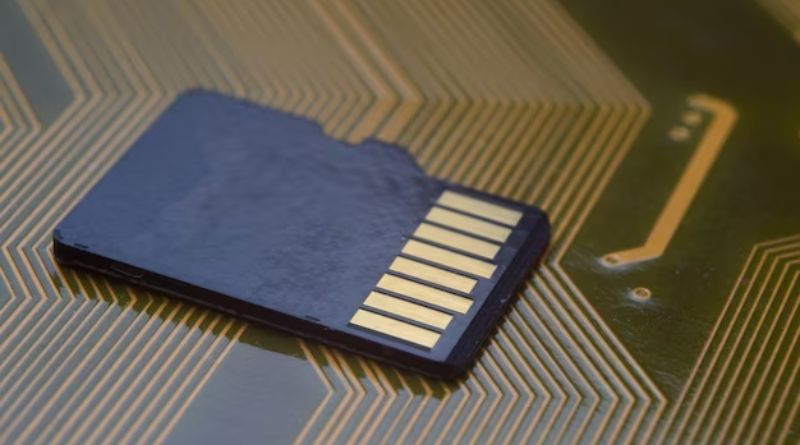Card Reader: A Device To Facilitate Data Transfer
A card reader is a device whose primary purpose is to read information from memory cards. Memory cards are needed to store various data and are included in all gadgets that process or output information: cameras, smartphones, e-books, and other devices.
For example, The SD card reader simplifies the process of accessing and transferring data from SD cards to computers, providing a convenient and efficient solution for managing digital content.
Why Do You Need A Card Reader?
Such a question often arises because almost any gadget has a USB cable that allows you to transfer information directly. However, the card reader has a number of undeniable advantages:
- Speed. A card reader reads and writes data at a speed of about 6 MB/s, which is twenty times faster than the transfer speed of a USB cable (300 Kb/s). Thus, when working with large amounts of information, the card reader significantly saves time.
- Practicality. The card reader is perceived as an external hard disk, and no separate drivers are required to work with it. When it comes to cameras or smartphones, there may be unforeseen difficulties associated with the requirement to install special software for data transfer.
- Convenience. The most compact card readers easily fit in a small bag, and there is no need to carry a separate USB cable for each device.
- Energy saving. When a device is directly connected via USB, it consumes energy even if nothing happens to it. This harms the battery, and subsequently, it performs worse and discharges more often. Avoiding these problems is easy if you use a card reader.
There are many models of card readers on the market with different functions and features. So, how do you make the right choice?
Card Reader Layout
Card readers are divided into external and internal. They do not differ from each other in terms of functionality, but only in their location relative to the personal computer. Thus, external card readers are connected to the PC via USB; they can be easily and conveniently transferred to other workplaces, if necessary, and used on other devices. An internal card reader is inside the system unit and cannot be seen outside. Therefore, using it to work with other computers isn’t easy, but it saves space on the desktop and is always in place.
You should prefer an external card reader if you often have to work with different computers and laptops and an internal one if you need to speed up data transfer on only one workstation.
Supported Card Types
Card readers vary widely in the type and number of memory cards they can read. Some support only one kind of memory card but have several of the same slots. Others have all possible slots to work with different types of memory cards. Choosing a card reader is worth choosing based on your preferences and the types of cards used in your devices.
You should prefer inexpensive models with the connectors you need rather than buying a card reader that supports all existing formats. Such a gadget risks quickly becoming useless and does not pay off the purchase cost.
Data Transfer Speed
The determining parameters when buying a card reader are its purpose and supported formats, but the speed is a secondary parameter. Nevertheless, it should be taken into account when purchasing a gadget.
Most card readers have a data transfer rate of 480 Mbps – it is equal to the bandwidth of the USB 2.0 port, so for many users, it is the highest possible. Some card readers have a higher data transfer rate. It is essential to realize that this option is suitable only for owners of USB 3.0 ports because otherwise, the speed will still hit the ceiling – 480 Mbps. Before you overpay for a card reader with a higher data transfer rate, you should ensure that your memory cards and computer also support this speed.














Post Comment